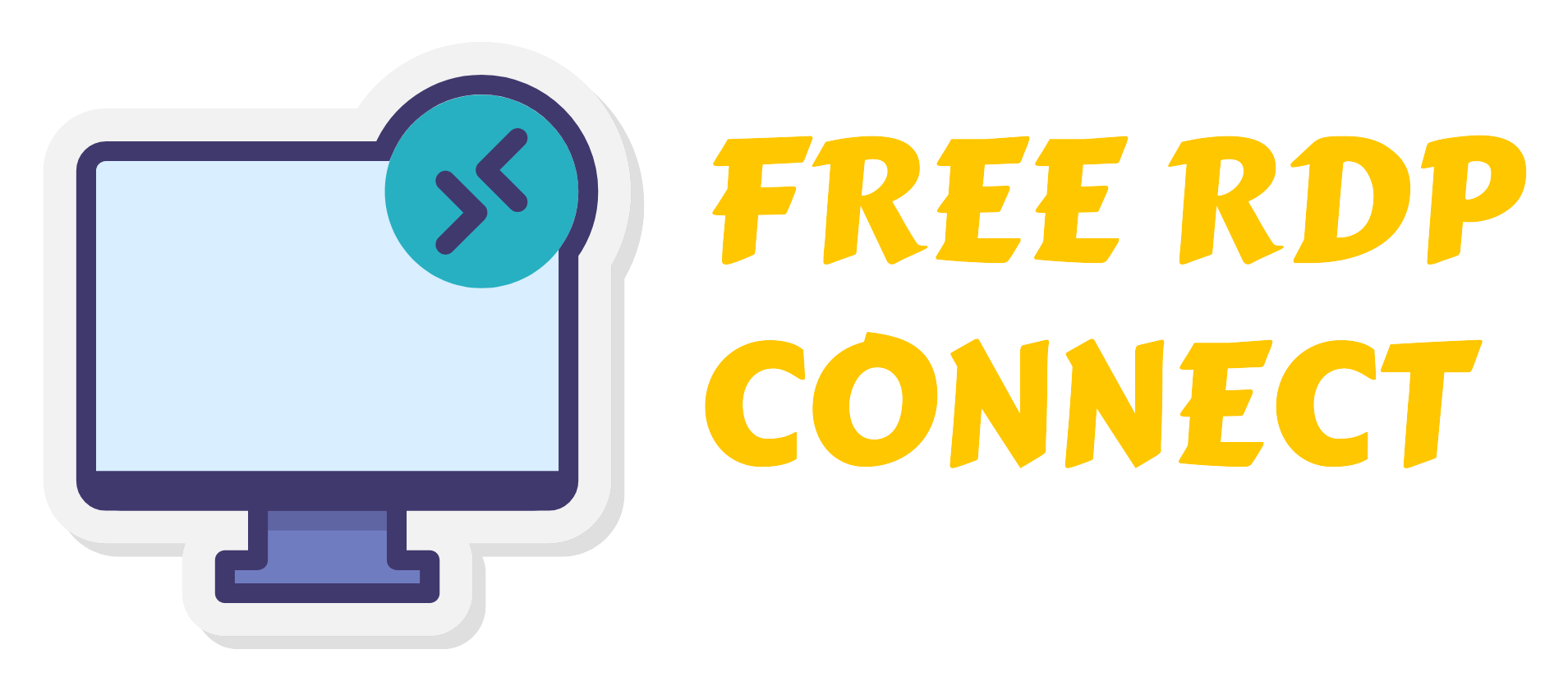
How to Get a Free AWS RDP Server from Trials in 2025
Introduction Amazon Web Services (AWS) offers a variety of cloud computing solutions, including virtual servers (EC2 instances) that can be used as Remote Desktop Protocol (RDP) servers. If you are...
Continue reading

ways to host a free website in 2025! Here are some of the most popular methods and platforms to consider
1. GitHub Pages 2. Netlify 3. Vercel 4. Firebase Hosting 5. WordPress.com 6. Wix 7. Google Sites 8. InfinityFree 9. Render 10. 000WebHost Each of these options comes with pros...
Continue reading

How to Install Adobe Photoshop: Step-by-Step Guide
Adobe Photoshop is a potent image editing tool used across the board, from newbies to experts, for graphic design, photo manipulation, and digital art. However, you may face compatibility issues...
Continue reading
DeepSeek: Transforming Global AI Innovation and Ethics
Artificial intelligence keeps evolving to change the world in every conceivable way – a country’s way of life, its industries, or its economy. DeepSeek, a relatively new yet iconic Chinese...
Continue reading

Breaking into AI: Essential Skills and Beginner-Friendly Resources
Artificial intelligence is no longer the stuff of science fiction; rather, it is a pillar upon which groundbreaking innovations are constructed and one that has revolutionized fields ranging from healthcare...
Continue reading

Trump Coin: Market Trends, Controversies, and Future Insights
Trump Coin ($TRUMP) has made its debut on cryptocurrency markets and has sparked widespread discussion across the globe. The phenomenal mix of hype, speculation, and controversy that surfaces with Donald...
Continue reading

How to Get a Free Virtual Credit Card (VCC) for Trial Subscriptions in 2025
In the digital age, many services and platforms offer free trials to let users explore their offerings before committing to a paid subscription. However, most of these trials require you...
Continue reading

How to Get a Free Domain Name for Your Blogger Blog
Starting a blog on Blogger (Blogspot.com) is an excellent choice for those new to blogging. Blogger offers a straightforward platform to create and manage blogs without the need for advanced...
Continue reading

How Eskom Powers South Africa’s Future With Renewable Energy
Having been a key player in the development of the power and energy sector of the country over several decades, Eskom has had its dark side of coal-fired power production...
Continue reading

Biotechnology and AI: Transforming Agriculture and Sustainability
The world is facing an unprecedented challenge of feeding a growing population and dealing with environmental issues. Biotechnology and AI have emerged as disruptive technologies capable of addressing these issues....
Continue reading

